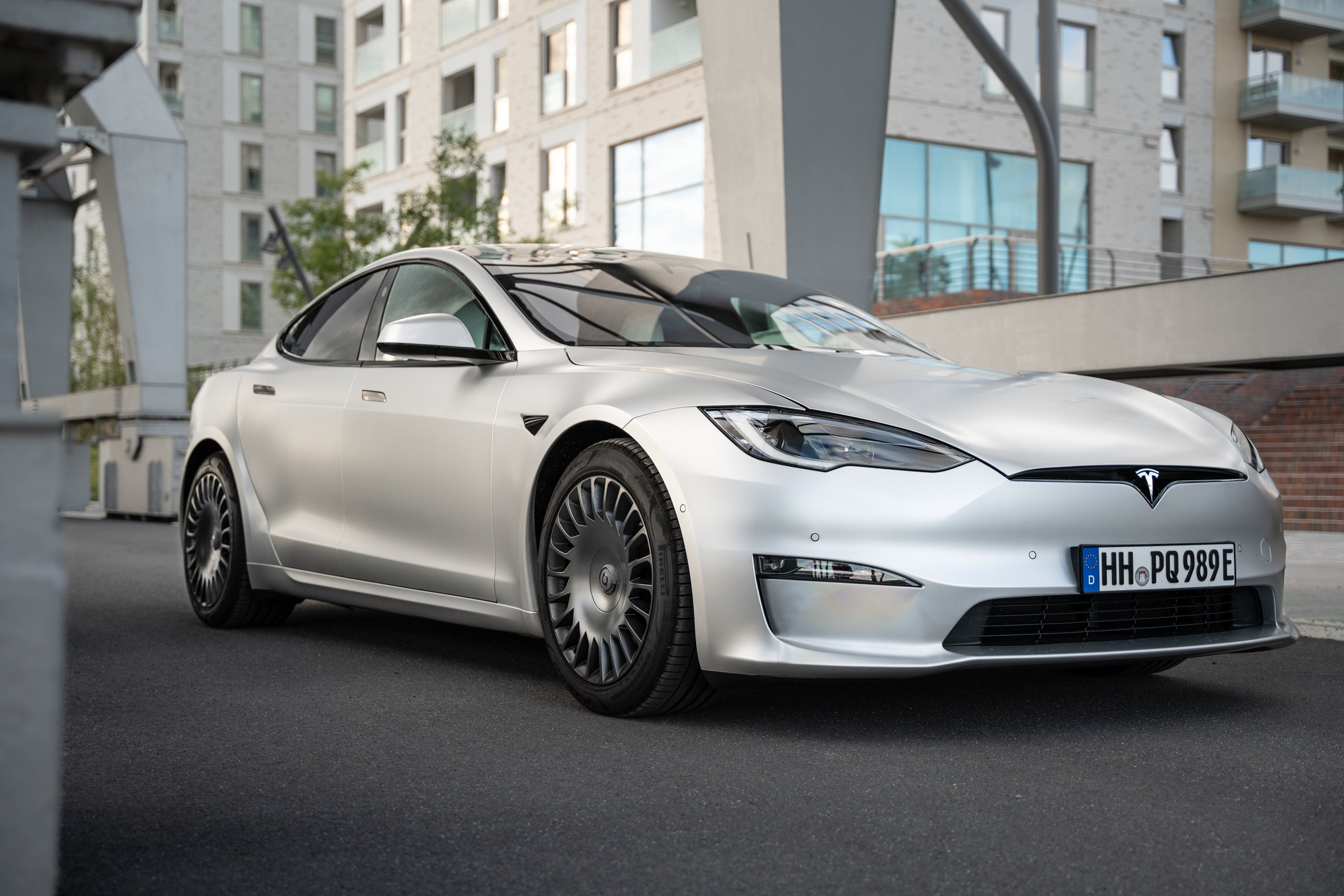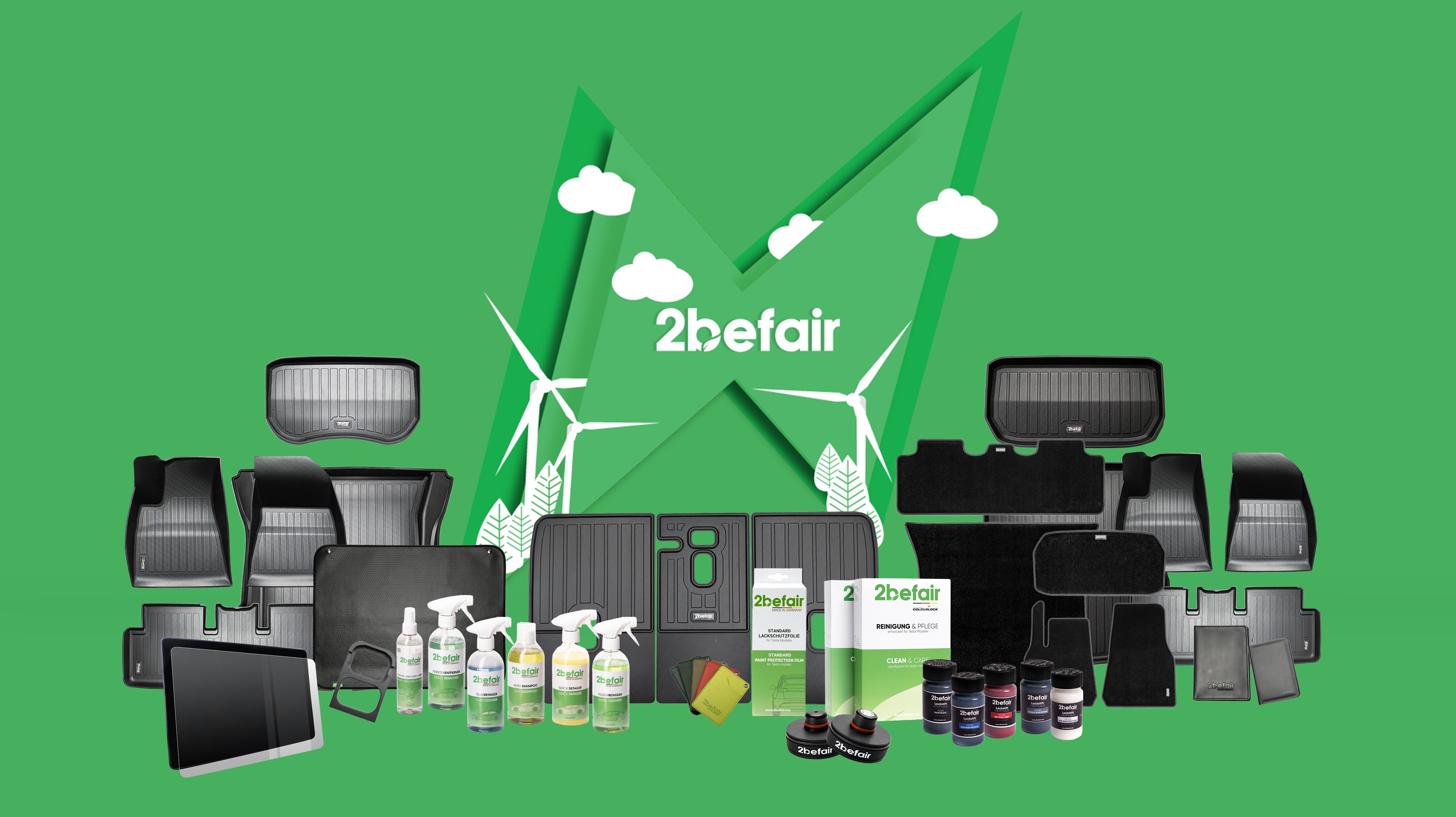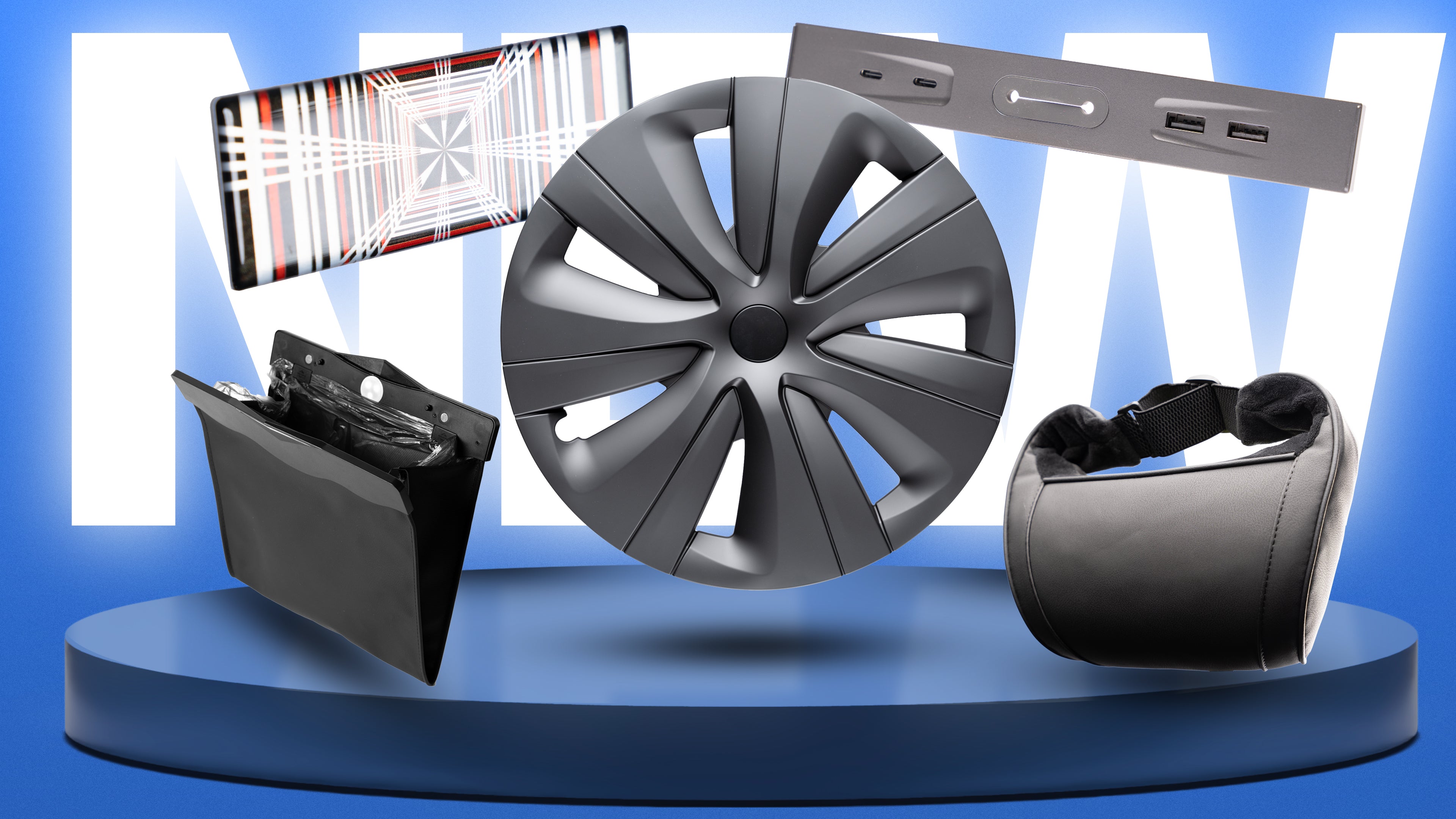Tesla has reached an important milestone: The California Public Utilities Commission (CPUC) granted the company a TCP permit (Transportation Charter-Party), which allows Tesla to now use vehicles with drivers on a commercial basis. However, this step is only the first stage on the way to an autonomous ride-hailing network in California that Tesla plans in the long term.
TCP Permit: What does it mean?
With a TCP permit, Tesla can operate company-owned vehicles including human drivers. This approach differs from platforms like Uber or Lyft, which rely on private vehicles and independent drivers.
-
Control of the vehicle fleet:
Tesla owns the entire fleet and thus retains full control over maintenance, pricing, and service quality. -
Initially only internal:
Initially, Tesla will transport employees. An expansion to public customers is planned once Tesla informs the CPUC accordingly.
Further permits required
A ride-hailing service with fully autonomous Tesla vehicles is not yet allowed. For such a service in California, further hurdles must be overcome:
-
TNC Permit (Transportation Network Company):
Required to provide commercial transportation services via an app. -
Autonomous Permit:
For driverless operation, the CPUC's AV passenger programs or corresponding DMV permits are necessary. So far, Tesla has not yet applied for this.
Strategy: Gradual entry into autonomy
Tesla follows an approach that other companies like Waymo also use: Vehicles are first operated with human drivers before transitioning to full autonomous operation.
-
Pilot projects in other states:
Outside of California, it may be easier for Tesla to introduce autonomous services. Especially Texas shows significantly less regulatory effort, allowing for a faster start of robotaxi fleets.
Outlook and Conclusion
The TCP permit is a crucial step on Tesla's way to a fully autonomous robotaxi network In the short term, it facilitates the deployment of Tesla vehicles with human drivers; however, in the long term, the company aims to offer autonomous services – possibly much sooner in Texas than in California. It remains exciting to see how quickly Tesla can obtain the necessary permits and whether this will usher in a completely new era in the field of e-mobility and ride-hailing.







































